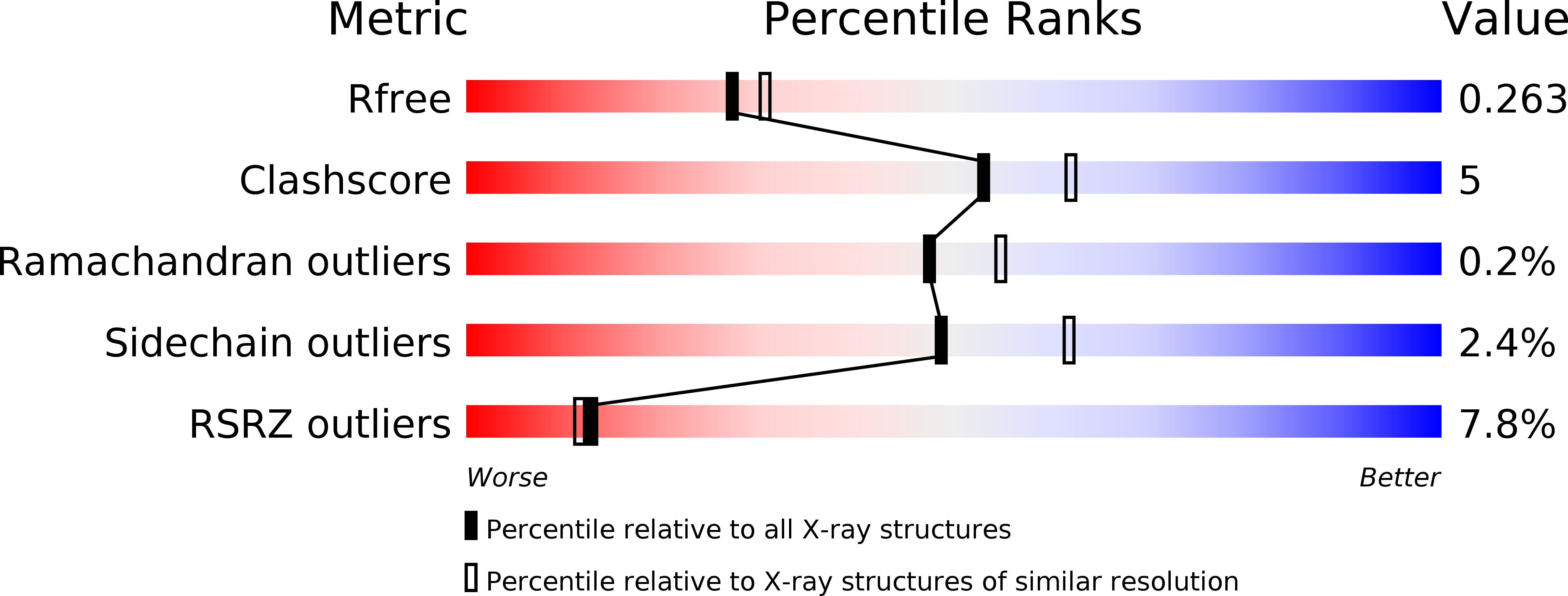
Deposition Date
1999-09-17
Release Date
2000-12-22
Last Version Date
2024-02-07
Method Details:
Experimental Method:
Resolution:
2.20 Å
R-Value Free:
0.26
R-Value Work:
0.21
R-Value Observed:
0.22
Space Group:
P 1 21 1


